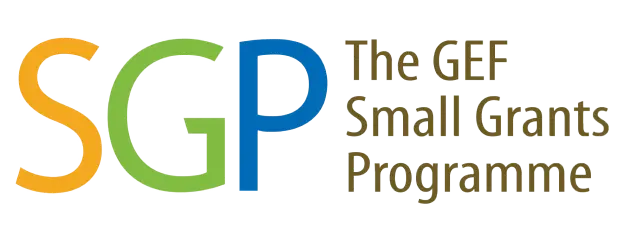1. Village Literacy and Simple English Training for Teenagers..
Photo 1 & Photo 2. This literacy class is held alternately at the children's homes. They themselves choose acclamatively whose house the next meeting will be held at. The number of participants is increasing day by day. The level of attendance and activeness at each meeting is always nominated by girls. After a month of running, the meeting location was replaced by taking an outdoor place where the atmosphere and surrounding situation made it possible to use it as a place to study.
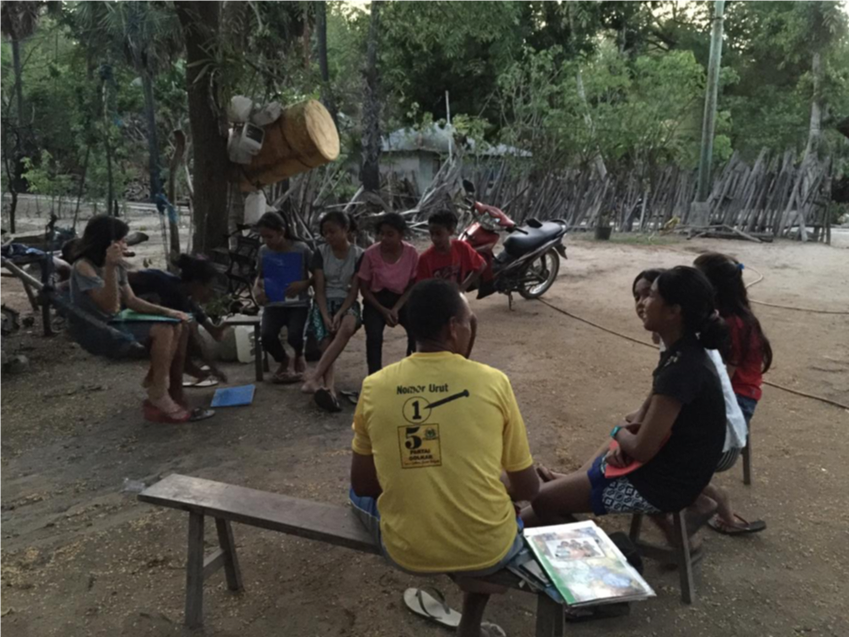
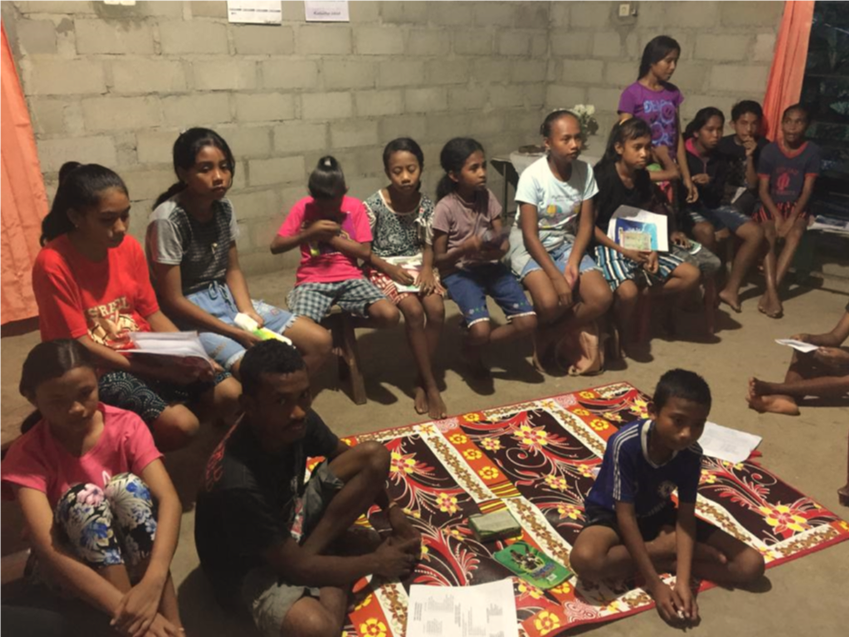
Photo 3 & Photo 4. Two favorite outdoor locations as a place to study with children are on the beach, shaded by two large tamarind trees and around the Uiasa Pool area (large spring) which is shaded by shady trees. These two main locations, which are well known as icons of Uiasa village and have great potential as tourist destinations, are what we have used as initial entry points for village literacy materials. This was followed by getting to know the potential of other villages which originate from local customs and culture. This joint learning activity will also end with a beach cleaning activity.
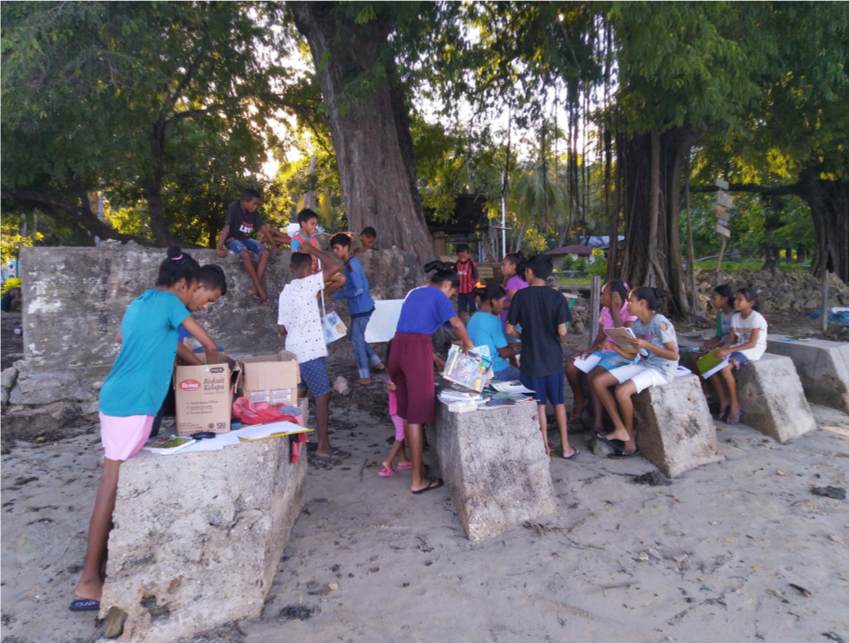
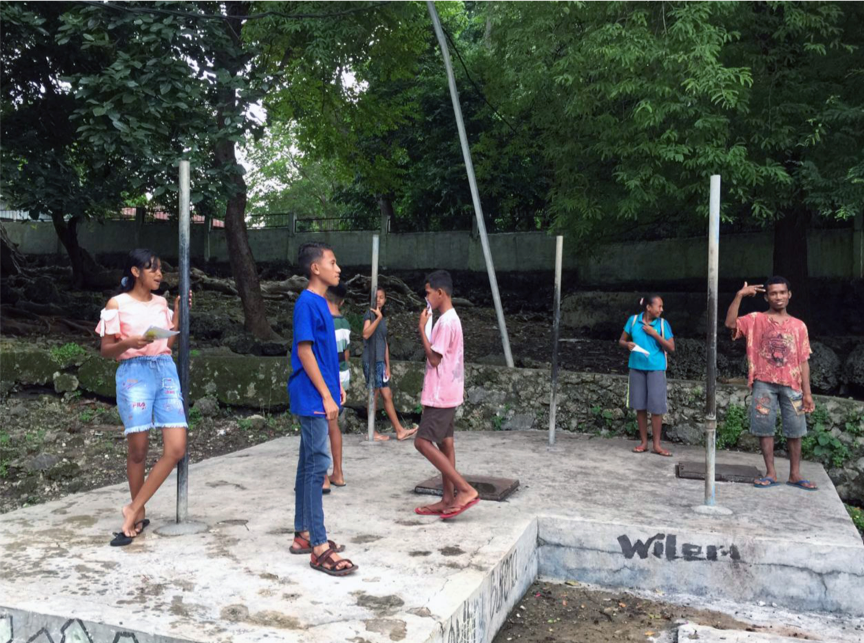
2. Installative Trash Tank..
Photo 5 & Photo 6. We tried to respond to the problem of rubbish on the beach by building two installation sculptures that caricaturally resemble sea fish. The frame of this statue is made from local materials, a combination of wood and bamboo, then the outside is wrapped with netting. The inside will be filled with light plastic waste such as plastic bags, straws and the like so that when seen from the outside people will immediately think that this fish is trash food. This statue is a form of campaign to residents and stimulates citizen participation in picking up coastal rubbish, the village government, and people who come to this beach and also functions as a beach decoration.
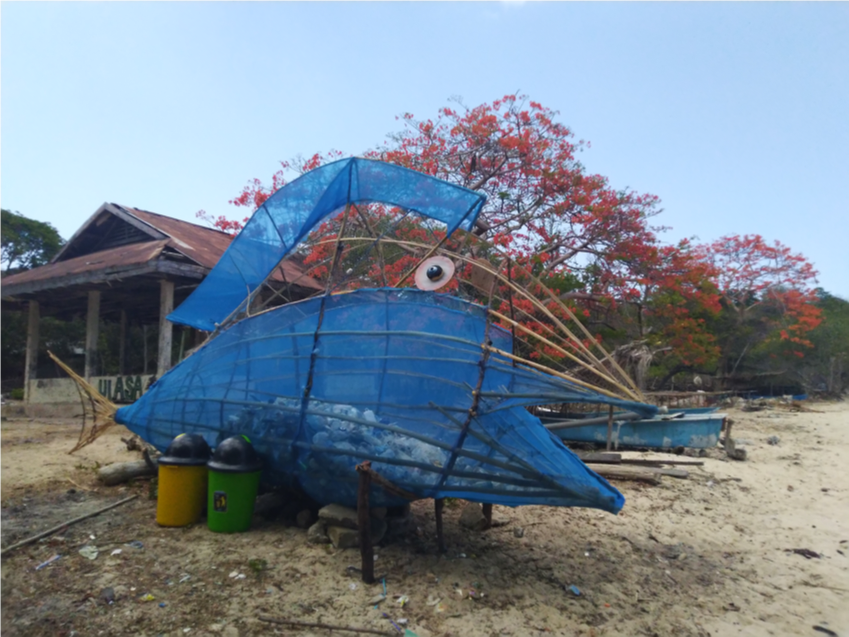
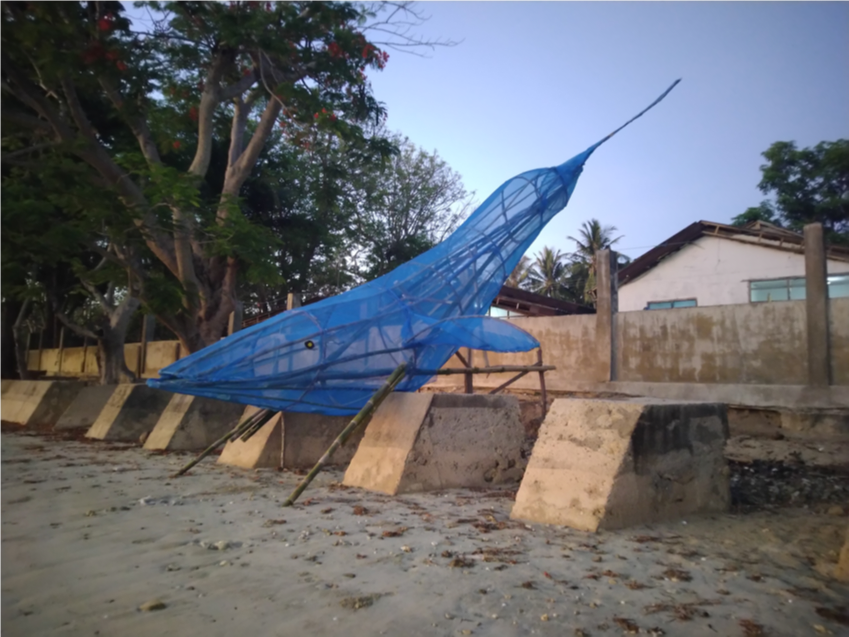
3. Coral Reef Condition Survey
Photo 7 & Photo 8. This survey of the quality of coral reef cover and distribution was carried out by a research team from Fak. Undana Fisheries and Marine Affairs, in the water area facing Uiasa village (zoning) in 2 sample areas, at a water depth at high tide reaching 20 meters. The conclusion states that the quality of coral reefs in this area is still quite good and massive. However, this is quite different from the testimony of fishermen in Uiasa, who mostly use archery while diving. According to them, at shallower depths, the quality of coral reefs is very worrying. This opinion is strong because apart from having seen it myself many times, it is also because it is in the shallower areas that bomber fishermen play and blow up their toys.

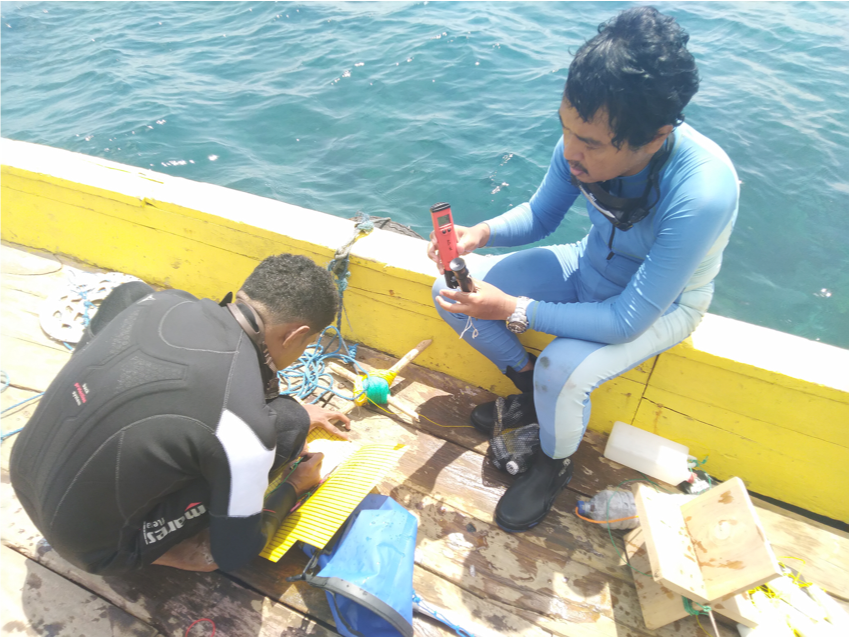
4. Hospitality and Simple English Training for Adults.
Photo 9 & Photo 10. The majority of training participants came from groups of weaving women in the village, only then did several other housewives get involved. For this reason, this training location still always takes place in the house of one of the weaving mothers, whose house is also always a regular gathering place for the group of weavers, either to weave together or just to discuss and share information regarding weaving. This training class is of course not closed to adult men or other fathers and adult women. However, after several months of walking there were only one or two men who stopped by for a while then left and never came back. The next meeting material will be developed on skills related to preparing consumption from local ingredients for tourists.
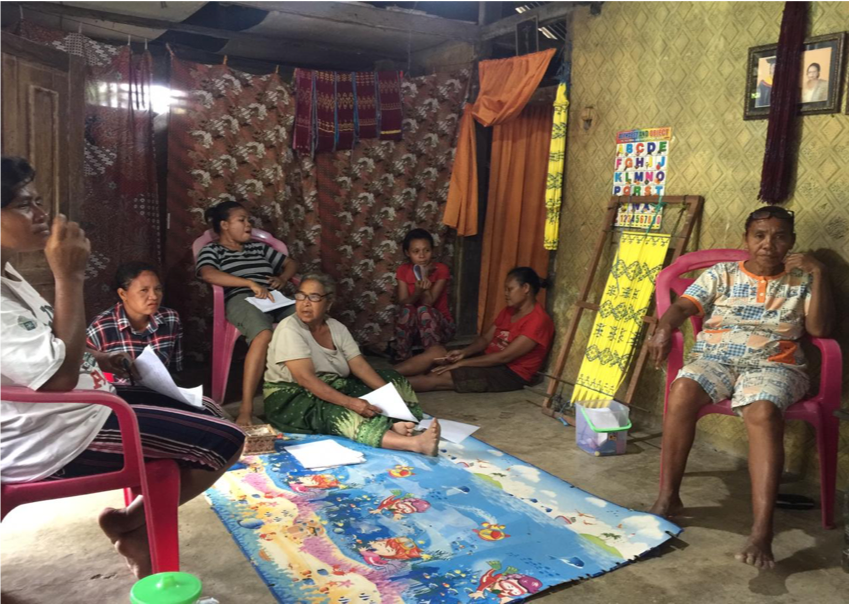
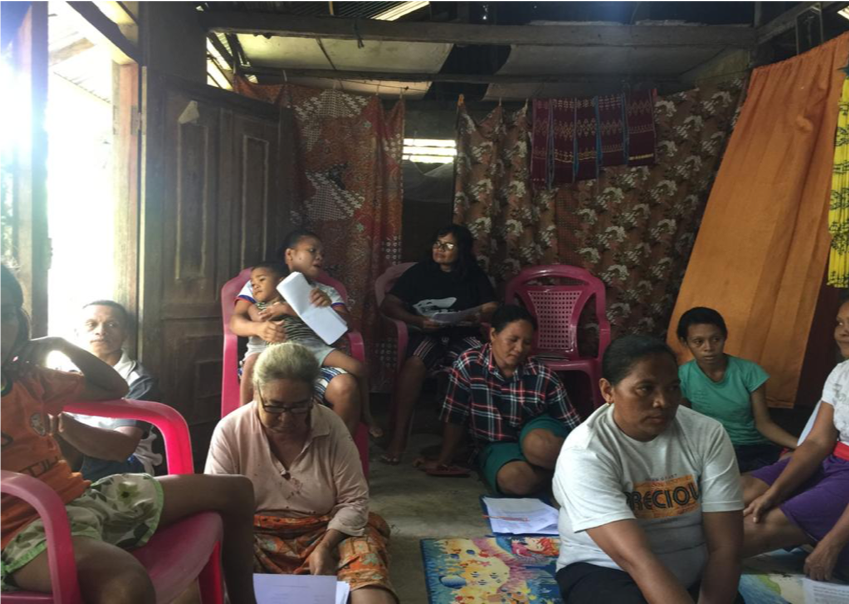
5. Production of Bioreeftek..
Photo 11 & Photo 12. The increasing pattern of fishing using bombs and potash around the north coast of Semau Island, especially in the sea area directly opposite the Uiasa area, has resulted in many coral reefs being damaged and dead. We even witnessed some of the bombings ourselves in the field. Therefore, conservation actions and other models of protecting coastal areas are urgently needed. One of our agendas for this is the creation and planting of natural artificial coral reefs (bioreeftek) made from coconut shells. We chose this option because apart from being cheap, the basic ingredients are also quite easy to get around the village.
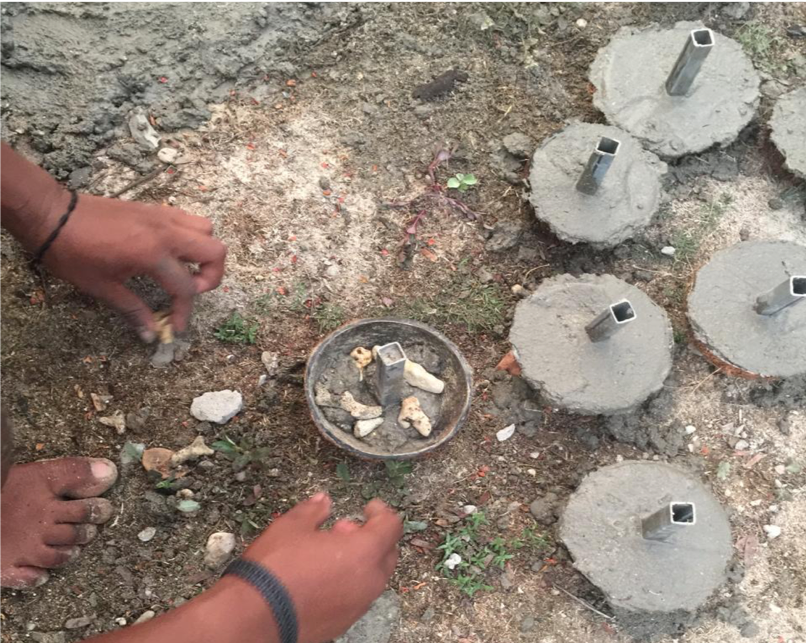

PROJECT OUTCOMES
- Village Literacy and Simple English Training for Teenagers has been running for more than 5 months. Every month there are 8 meetings. It has been accessed by 27 children with a fluctuating level of attendance.
- Hospitality and Simple English Training for Adults has been running for more than 4 months. Every month there are 8 meetings. It has been accessed by 15 people with a fluctuating level of attendance.
- 60 Bioreeftek units have been made and will be distributed over a stretch of sea area along approximately 600 meters of coastline.
PROJECT IMPACT
- Public awareness in preserving the environment is getting better (there is a community service schedule for cleaning the environment and beaches).
- Increased interest of stakeholders (mothers, children and teenagers) in developing environmentally friendly tourism (ecotourism).
- Increased citizen participation in environmental conservation efforts (creation of bioreeftek) and the establishment of coastal conservation zones.
- The Pokdarwis management that has been formed is less proactive in every activity, but the support of residents, youth groups and village officials in general has not decreased so that all activities remain acceptable and run smoothly.
BEST EXPERIENCE
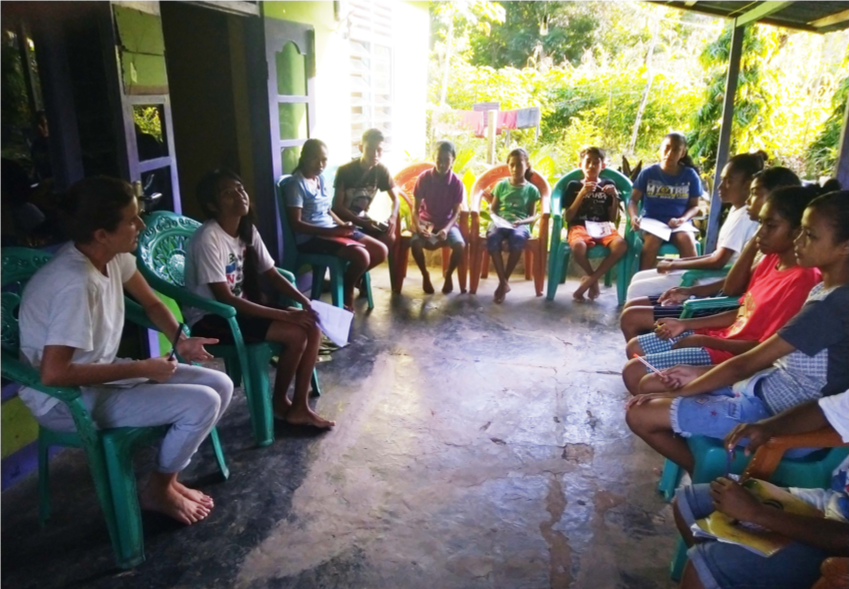
Photo 13. The village literacy and English class for children received a visit from Luisa, an Australian native speaker, who happened to be working in Kupang, NTT and was interested in the work that OCD was doing at Uiasa.

Photo 14. This Literacy Class also had several more volunteers who came to share experiences and motivation. One of them is Sis Rima from Walhi NTT. He came to share insights and build children's sensitivity to environmental sustainability in his village.
Photo 15 & Photo 16. children taking literacy classes and several people from the youth group took the initiative to clean up the rubbish that was scattered on the beach. Then they sorted out some of the light plastic waste and put it into the fish statue. This initiative has had the impact of increasing residents' concern for their coastal environment and the village government issuing a routine community service schedule for all residents to clean the beach area.
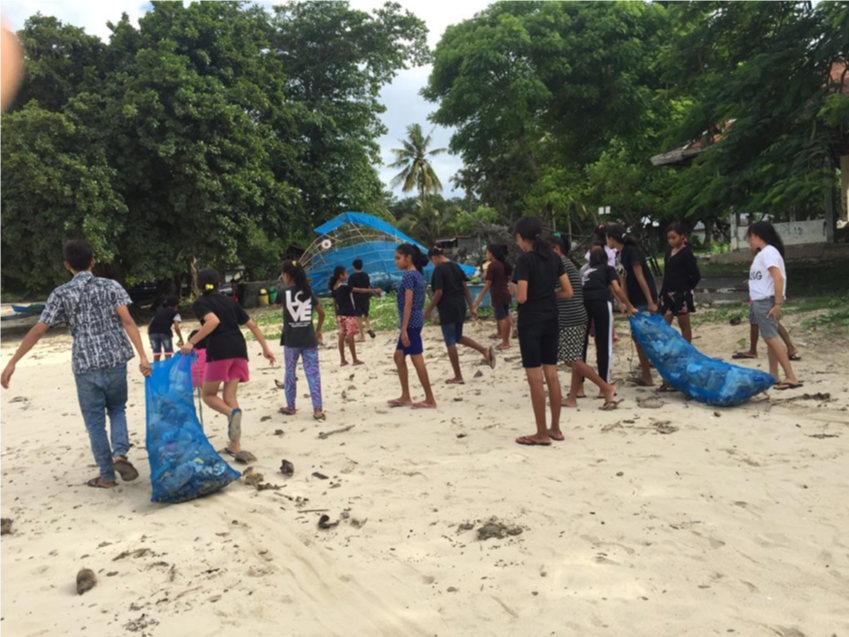
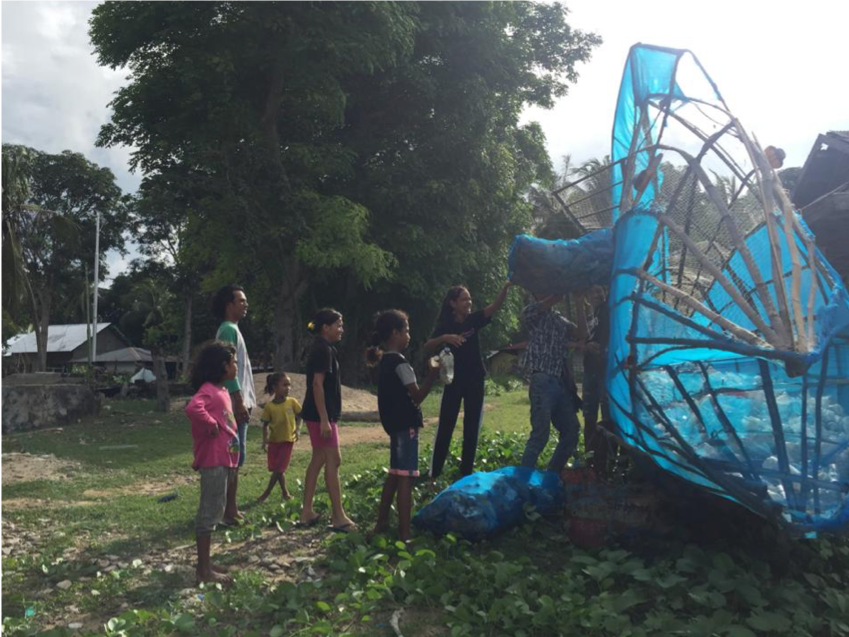
Photo 17 & Photo 18. One form of direct support from village youth groups is by helping work on this bioreeftek plate. Practically almost all the technical work is done by them. With this support, 60 concrete cast plates and the procurement of coconut shells could be completed within 20 working days. Unfortunately, the arrival of the Covid-19 pandemic has had the effect of delaying further work, namely the removal or planting of the bioreeftek plates.
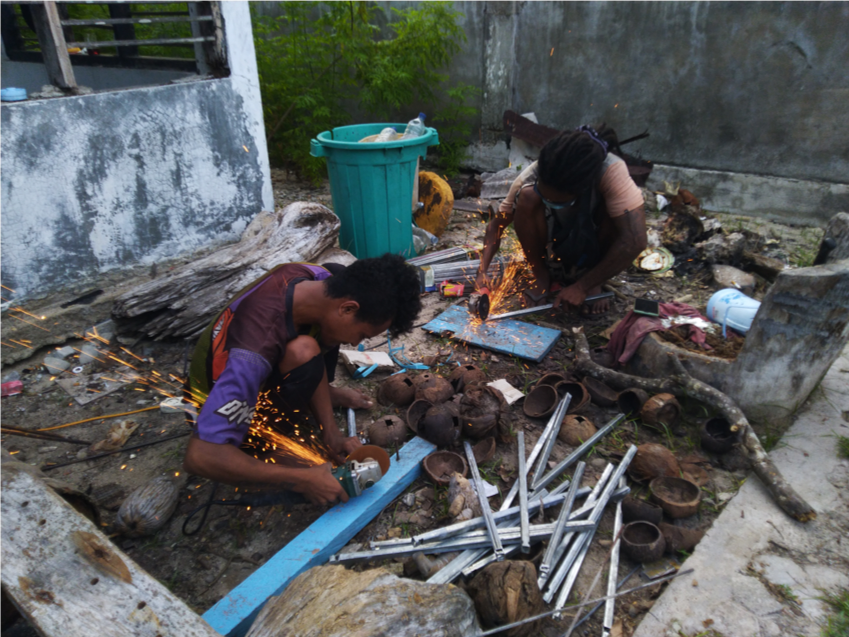

Photo 19 & Photo 20. By the Covid-19 caring community network, OCD was entrusted with distributing donations of cloth masks to Uiasa village, whose distribution targets were prioritized to vulnerable groups (women, the elderly and children). We handed over these donated masks to youth groups who then mapped and distributed them according to their intended targets.
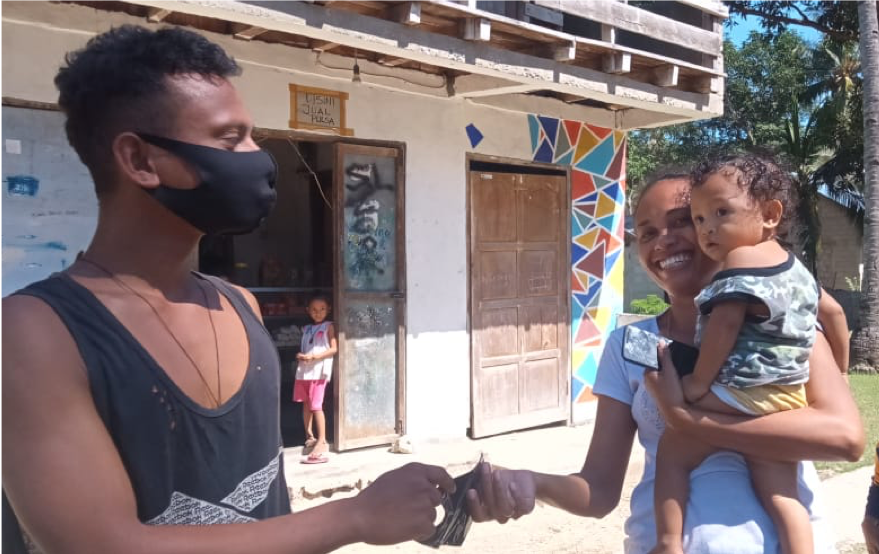
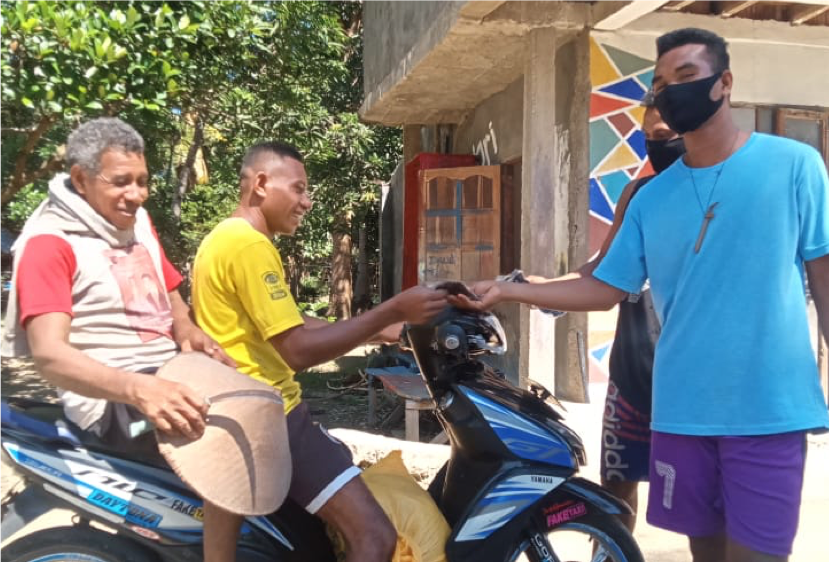
Photo 21. Even though it is quite difficult to reach all children due to problems with internet access and smartphone ownership, efforts are still being made to continue literacy class activities online. The facilitator took the initiative to form a study group via Facebook Massenger with several children who have cell phones and these children will later distribute any information and assignments to other friends. Below is a screenshot of some of their activity in the group.
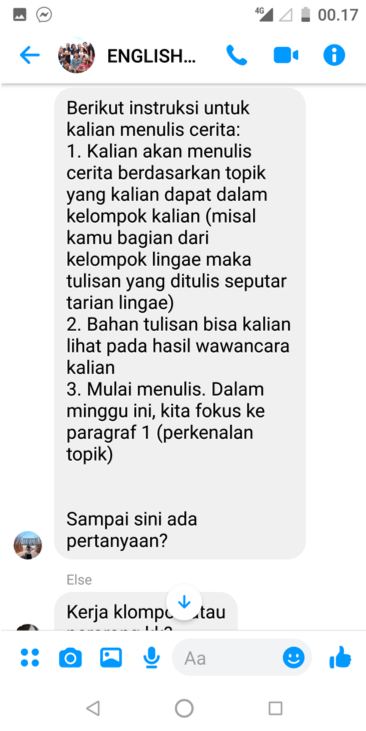
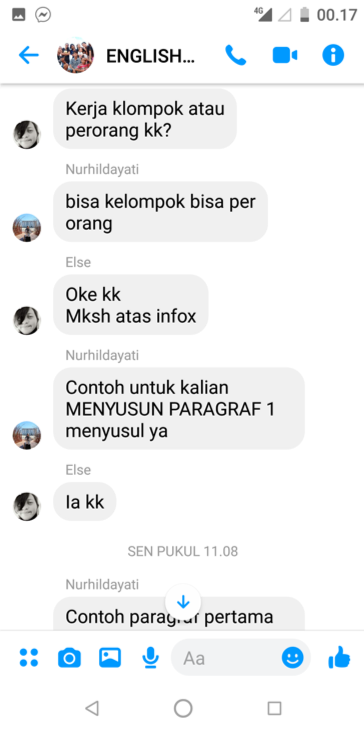
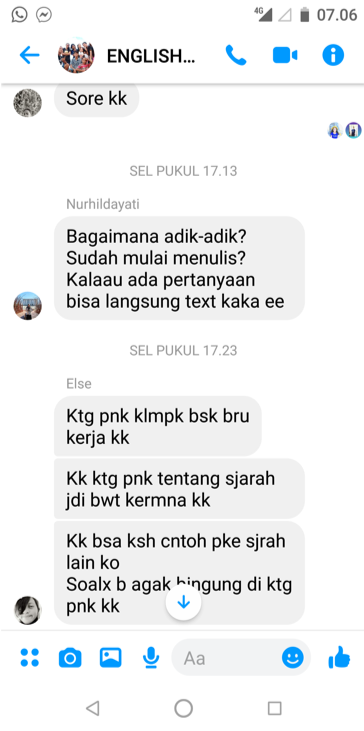
PROJECT SUSTAINABILITY
- Initiate an agreement forum between residents and all village and Semau island policy makers to establish and secure coastal area zoning.
- Preserving Coral Reefs around the Uiasa Coast by planting bioreeftek together with fishermen, divers and youth groups.
- Publishing a book collection of writings by children from village literacy classes about Uiasa and various things related to community life.
- Add recreational facilities such as diving goggles, snorkels and canoes as well as life vests. Also providing dome tents as an alternative accommodation (camping ground in the beach area).
- Overseeing the construction of bathrooms and rinse rooms on the edge of the beach as well as a studio and art-shop for souvenirs and local products from village residents, the financing of which is collaborated with village funds.
